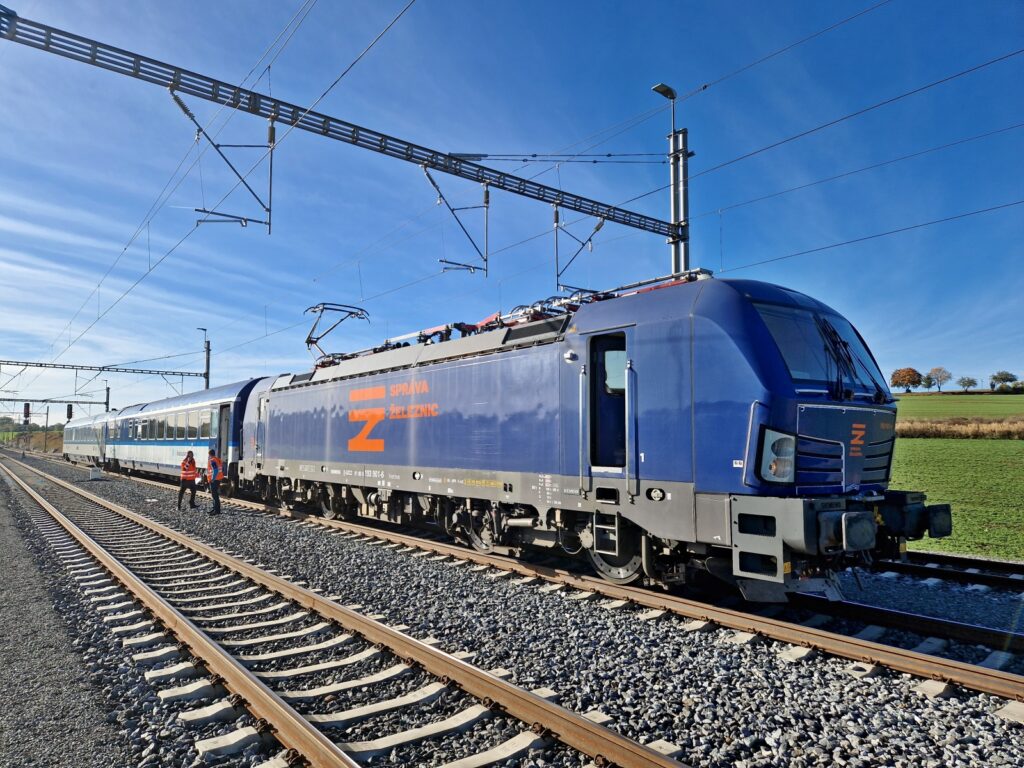VÚKV a.s. measured aerodynamic effects in the Deboreč tunnel in terms of the tests carried out by the Czech infrastructure administrator SŽ when the dynamic behaviour of bridge structures at the speed 190 km/h on the recently finished section of fourth corridor between Votice and Sudoměřice u Tábora stations was verified.

The tests were carried out with the measuring trainset consisting of the Vectron type electric locomotive 193.901 of SŽ, class Bmz245 passenger car and class WRmz817 dining car where the measuring and recording equipment of VÚKV a.s. was placed. The maximum allowed speed of both Czech Railways cars was 200 km/h. Pressure changes outside and inside of the vehicle passing through the mentioned tunnel were measured. Its length is 660 m and is situated in the gradient of 11 ‰ and partially in the curve with 1 402 m radius. The entry of a vehicle into the tunnel is associated with the generation and propagation of pressure waves which are accompanied by a sudden pressure decrease or increase.
These pressure changes affect the vehicles and, of course, also the tunnel equipment, such as doors, distribution panels etc. To keep the railway operation safe requires taking these aerodynamic effects into account during the structure designing. The passengers inside the vehicle are also exposed to pressure changes which may register as uncomfortable feelings in their ears. These so-called pressure comfort of passengers directly impacts the attractiveness of railway transportation. The ascertained observations will be evaluated to use them during the development of new vehicles and further tunnel projects including the high-speed line applications, so also for the speed spectrum over 300 km/h.







